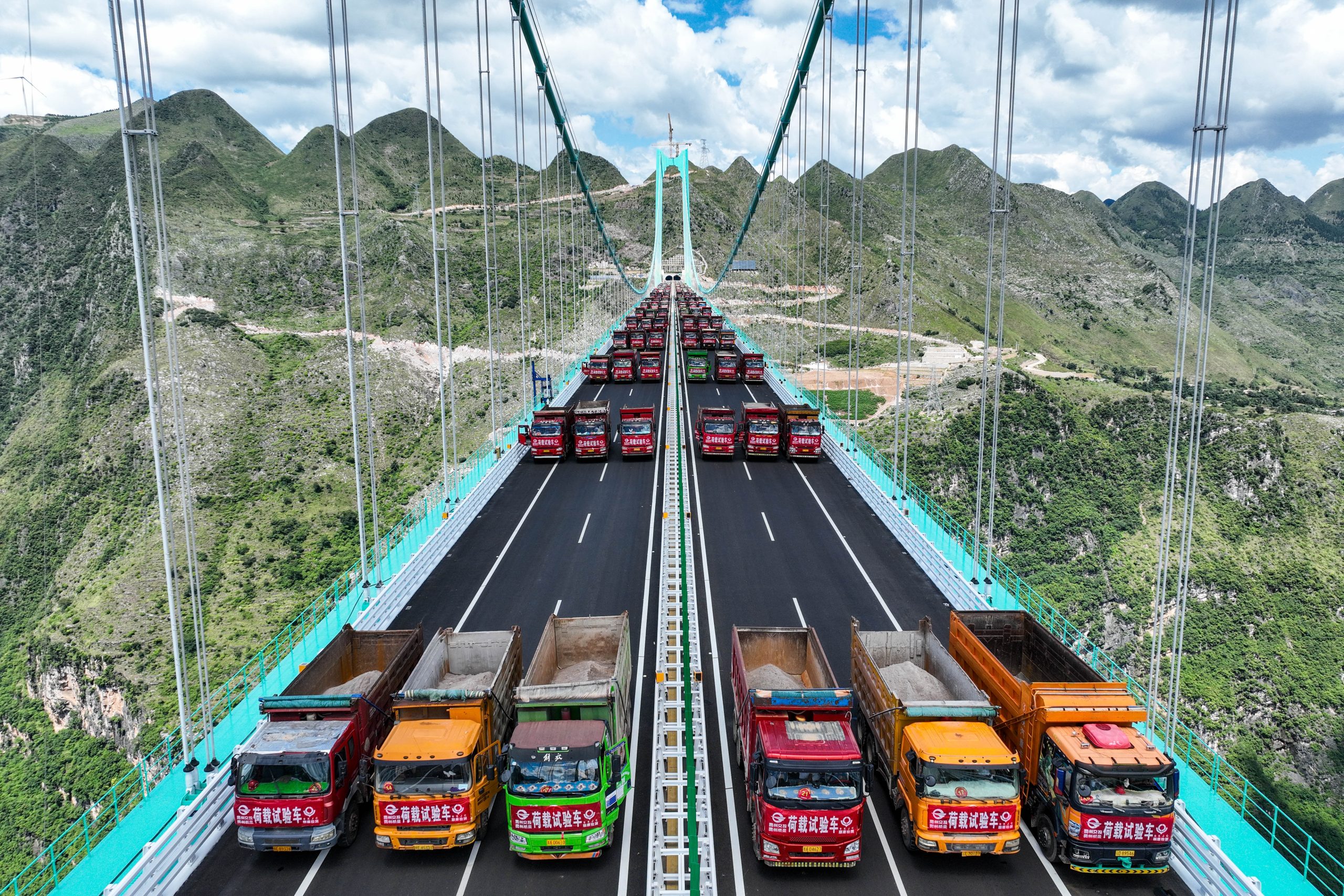China’s breathtaking construction feats—from high-speed rail lines to colossal bridges—often leave Western observers awestruck and questioning the apparent disparity in efficiency. While the US grapples with protracted delays and escalating costs in infrastructure projects, China seemingly accomplishes monumental tasks at a breakneck pace. This difference isn’t simply a matter of differing work ethics; it’s a complex interplay of systemic factors, as explored in Dan Wang’s insightful book, “Breakneck: China’s Quest to Engineer the Future.”
Systemic Advantages: Centralized Planning and Authority
One key element differentiating China’s approach is its centralized, top-down planning model. The Chinese government wields significant authority, enabling swift decision-making and streamlined approvals for large-scale projects. This contrasts sharply with the US system, characterized by fragmented jurisdictions, environmental regulations, and protracted public consultations that can lead to years of delays and legal challenges. In China, the state’s power to acquire land, relocate populations, and prioritize infrastructure initiatives allows for a level of efficiency unimaginable in the US context. This centralized control minimizes bureaucratic hurdles and accelerates project timelines, even if it comes at the cost of individual liberties and environmental considerations.
Economic and Social Drivers: A Nation-Building Imperative
China’s rapid infrastructure development is also inextricably linked to its economic ambitions and national identity. The country views infrastructure as a vital engine for growth, employment, and national prestige. Massive investments, often fueled by state-owned enterprises, are channeled into projects deemed strategically important, regardless of immediate profitability. This contrasts with the US’s more market-driven approach, where infrastructure projects are often subject to budgetary constraints and political wrangling. The urgency to modernize and compete on the global stage fuels China’s unwavering commitment to rapid construction, making it a national imperative.
Beyond Sheer Speed: A Deeper Examination of Costs and Consequences
While China’s construction speed is undeniable, it’s crucial to consider the broader context. The prioritization of speed sometimes comes at the expense of environmental protection, worker safety, and long-term sustainability. Furthermore, the opaque nature of some projects raises concerns about transparency and accountability. The book “Breakneck” delves into these issues, offering a nuanced perspective that transcends simple comparisons of speed. The US, while facing its own challenges, often prioritizes environmental safeguards and worker rights, resulting in a slower but potentially more sustainable approach.
Conclusion: A Comparative Perspective
The difference in construction speeds between China and the US reflects fundamental differences in governance, economic priorities, and societal values. China’s centralized system, fueled by national ambition, enables rapid execution, but raises questions about environmental and social costs. The US, with its decentralized and more deliberative system, prioritizes different values, leading to slower but potentially more sustainable outcomes. Understanding these systemic differences is crucial for a balanced assessment of both approaches, avoiding simplistic comparisons and fostering informed discussions about infrastructure development strategies globally. The debate is not about simply copying China’s model; rather, it’s about extracting lessons and adapting strategies to suit individual national contexts and priorities.
Based on materials: Vox





